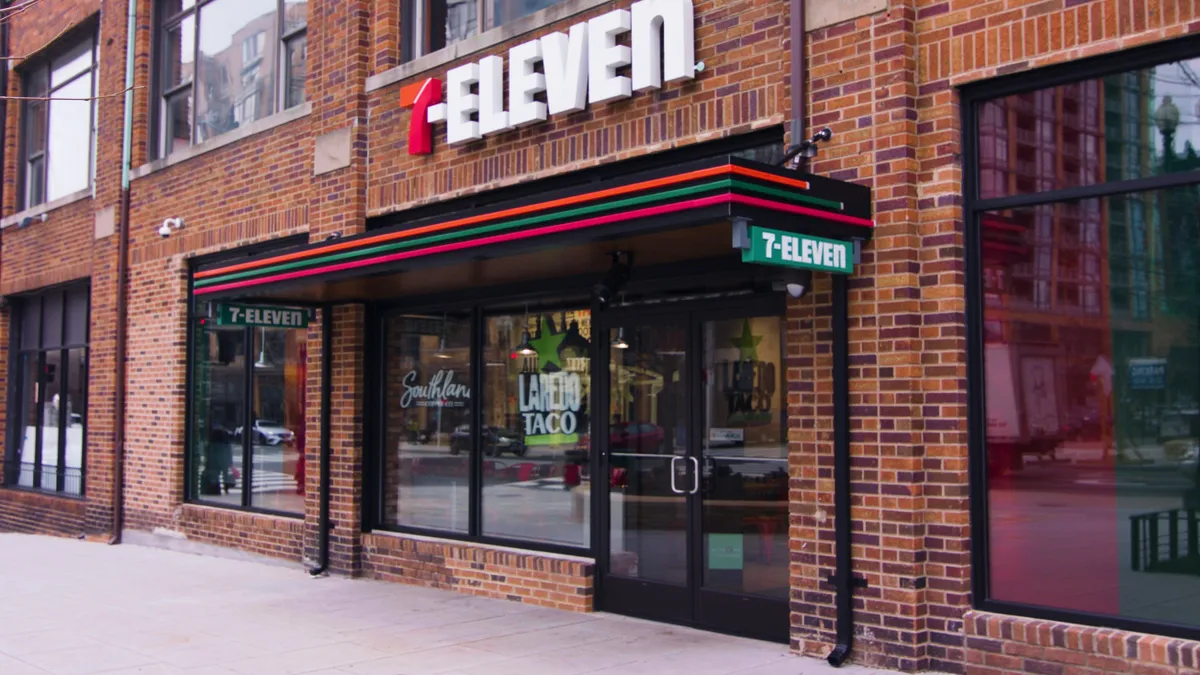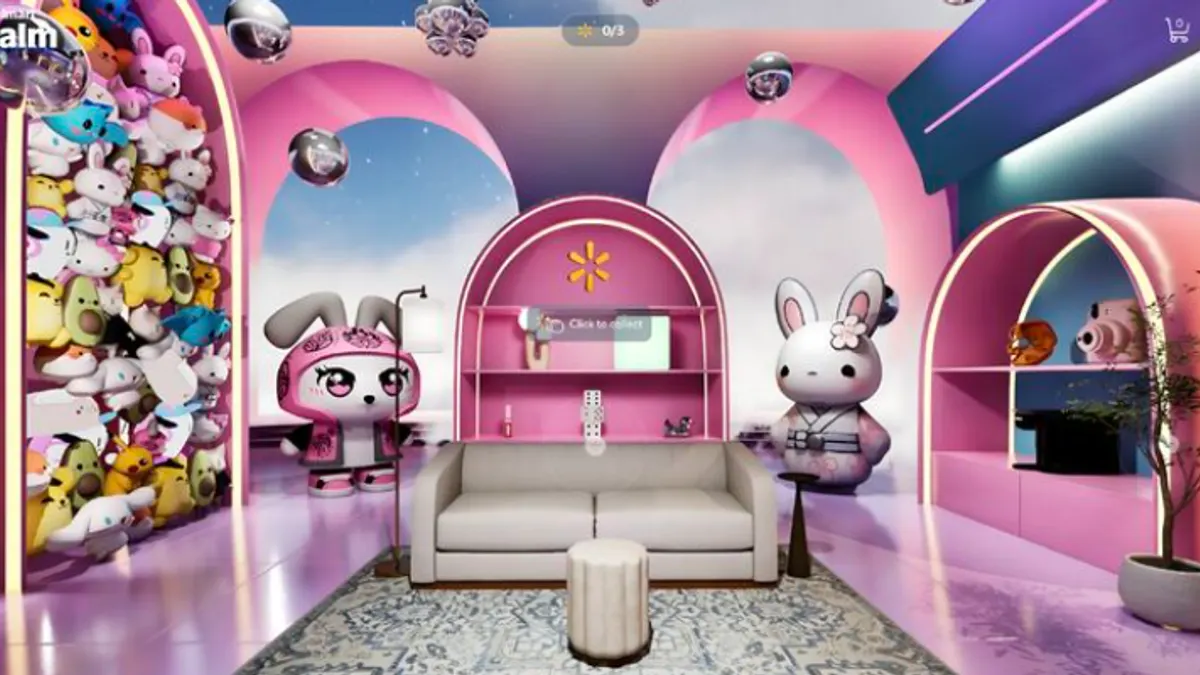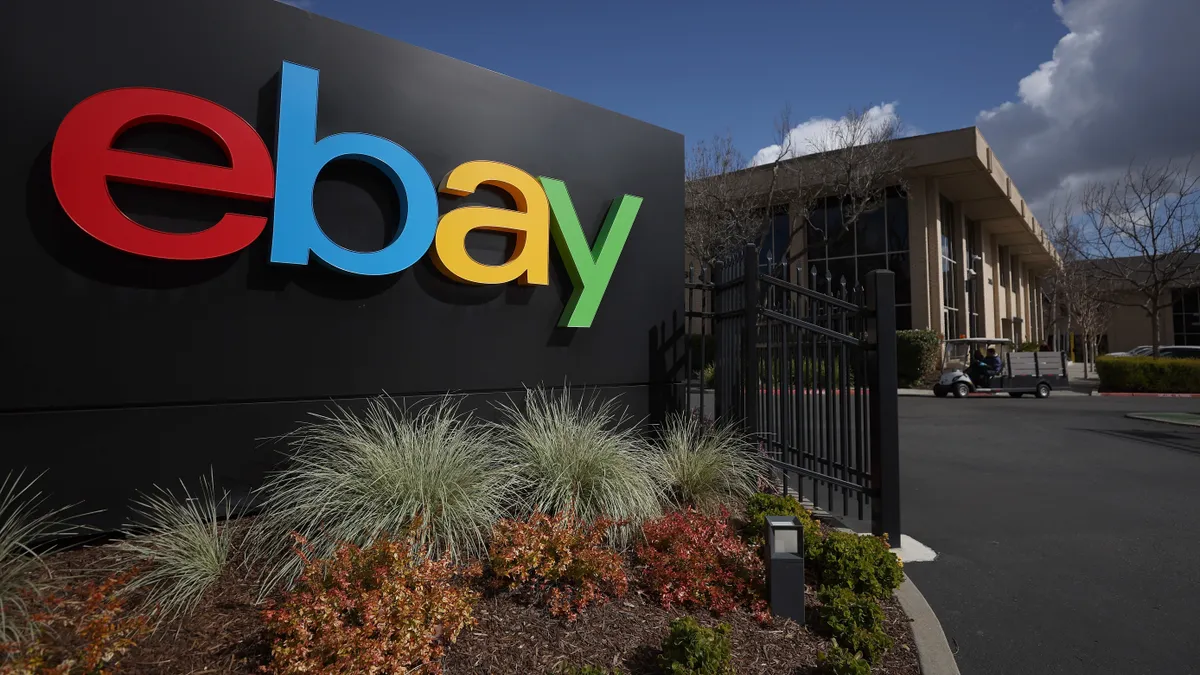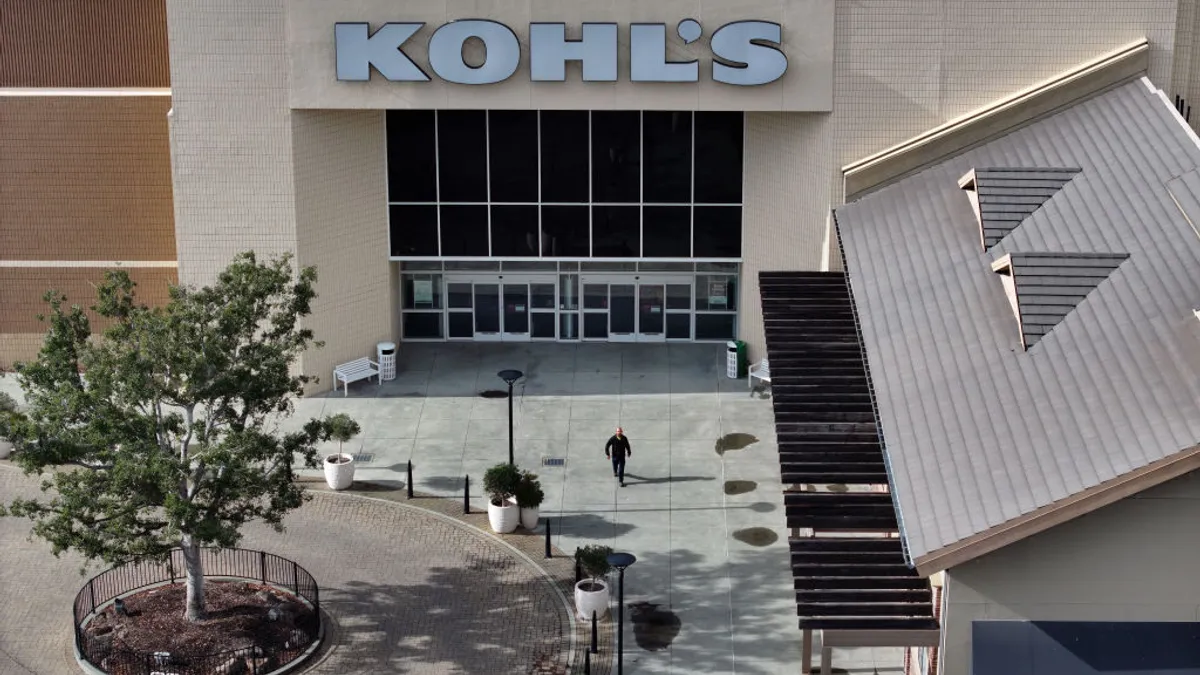Editor's Note: This piece was written by Head of Customer Experience (CX) and Social Engagement at 7-Eleven, Jerry Campbell. Opinions are the author's own.
It's no surprise to anyone that retailers have been impacted by coronavirus shutdowns, not only because of the closures but due to an influx in customer service requests. One study found that customer support requests for sectors including retail and e-commerce have seen the highest increase since late February 2020 — up an average of 48%.
We felt this deeply at 7-Eleven — we saw inquiries on product availability and the in-store experience increase significantly at this time and we needed to keep up with the pace.
Fielding these requests is complex. For us, manual tasks made it difficult for agents to sift through the influx in incoming requests and quickly prioritize and assign these tasks. Other retailers have struggled with poor user experiences that make it difficult for customers to navigate service inquiries and fewer agents equipped to manage the increase in demand.
These are issues that need to be solved and solved quickly. Across the board, the pandemic has opened retailers' eyes to the importance of sophisticated and stellar customer service — the failure to do so being the difference between customer retention and attrition.
Today, customers have high expectations for personalized, proactive and always-on customer service. So, retailers must have the tools in place to meet these needs.
As retailers move towards a "new normal," whatever that may look like, they should view this as an opportunity to evolve and accelerate their customer service strategy. The retail customer experience needs to be always-on, multichannel and connected. Retailers must not only think about the end-to-end customer service but ensure that agents are connected to the right teams internally to resolve issues quickly.
Here are three considerations for retailers looking to improve their customer service in the COVID and post-COVID era that I learned from leading my customer service team through the pandemic.
Automate the mundane — eliminate manual customer service tasks
In today's digital world, customers want resolutions to their problems quickly. But speed is often stifled by manual tasks that make solving a problem or completing a task difficult for agents. In our case, manual customer service systems made it difficult for agents to separate customer feedback from issues, and didn't have the tools to prioritize these issues. As a result, our agents were spending too much time sifting through and assigning customer service issues and couldn't prioritize the most urgent asks.
It became clear that we needed to automate our customer service workflows — including for things like assigning issues to the right internal teams, and the impact was swift and immediate. By automating our customer service with ServiceNow Customer Service Management, we resolved customer issues 205% more quickly, reduced customer service response times by 75% and solved 386,000 customer issues.
But automation goes beyond just arming customer service agents with the right technology to react to customer service inquiries. Sometimes, providing great customer service involves proactively resolving issues before customers know they even know they have them. Again, automation is key.
As the retail experience becomes more digital, so too should the customer experience. Retailers need to automate digital workflows to quickly orchestrate and complete customer requests.
Meet customers where they want — with a multi-channel, self-service approach
Customers are always on, and as a result, customer service should be always on. This anytime-anywhere mindset has accelerated adoption of self-service technology that gives customers flexibility in their service options. Retailers need to engage with customers on their channel of choice from voice, web, mobile, chat and messaging and offer automated self-service, using AI and chatbots, so that customers can easily resolve questions on their own online.
And consumers are embracing these self-service options. One study found that 67% of consumers prefer self-service over speaking to a company representative. And Gartner predicts that by 2030, a billion service tickets will be raised automatically by customer-owned bots.
But self-service isn't just good for the customers, it's great for the company. When customers are given service options when, where and how they want them, live agents can be freed up to do more meaningful work, which is especially critical today as customer service teams are stretched thin.
Our multichannel approach allowed customers to get help 1,860% faster.
Get your house in order — eliminate cross-team siloes
Often, customer service agents are frequently disconnected from other departments where issues are resolved. So customers are "ping ponged" back and forth with no resolution. Think about calling a retailer to discuss a billing dispute. That dispute is likely handled by someone in the billing department, so the agent you're on the phone with must have the tools to easily connect you with the right team. But with disparate systems, it's hard to connect the customer with someone who can quickly and accurately resolve an issue.
Especially amid COVID-19 where back-office employees are dispersed, the ability to clearly communicate quickly and effectively is paramount to driving resolution and building customer loyalty.
This is true for the in-person experience, too. If a gas pump in a location requires servicing, for example, a store manager should be able to report the equipment and get the item fixed before a customer notices. Similarly, a customer should be able to report this broken equipment.
Retailers should prioritize technology that breaks down silos within an organization and connect customers to the answers they need, regardless of what department they sit in.
Today, the customer experience is one of the most critical touchpoints a retailer has with its customers. After all, as retail continues to evolve, great customer service means more loyal customers — and that's not something you can pass up!





















